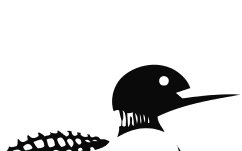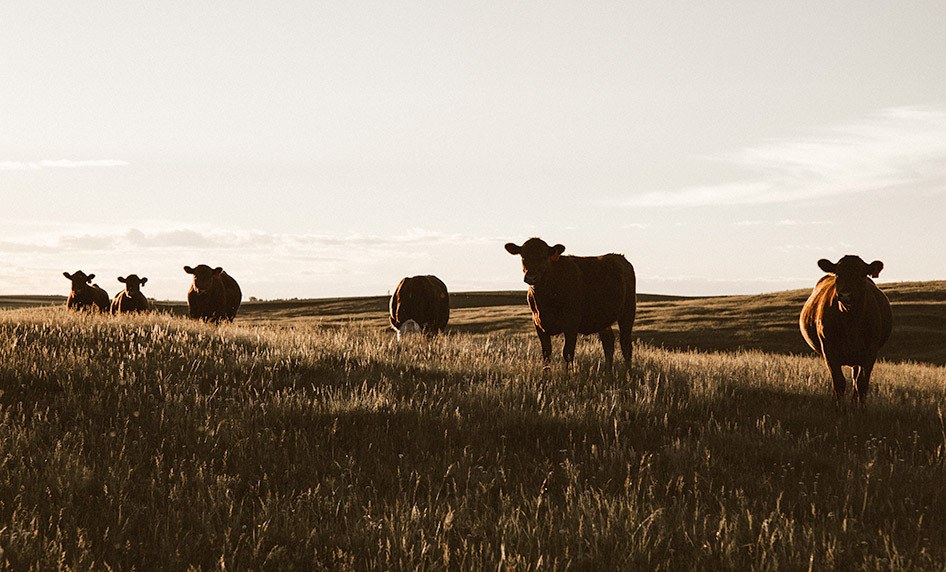
MONTREAL — If now-backbench Liberal MP Steven Guilbeault was looking for sympathy, he won’t find it from four of the five candidates vying to be the next NDP leader.
Edmonton MP Heather McPherson had a blunt assessment when asked in a post-debate scrum about the anti-oil Guilbeault’s decision to
quit Prime Minister Mark Carney’s cabinet
in protest over an agreement with Alberta towards building a new oil pipeline.
“Mr. Guilbeault quit cabinet but he did not quit the (Liberal) party and he did not quit the caucus. If he really believed this was a fundamental problem for him, why didn’t he walk away?” said McPherson.
“This just means he’s not interested in doing the work,” she continued.
Guilbeault, a longtime campaigner for stricter climate policies, announced hours earlier that he would be stepping down as minister of Canadian identity and culture, but would continue to serve as the Liberal MP for the Montreal riding of Laurier—Sainte-Marie. This was after the
It said that the two governments would work towards a building a new oil pipeline to the West Coast and Ottawa would suspend controversial “clean energy” regulations advanced by Guilbeault when he was formerly environment minister that would have forced provinces to find other means to generate electricity besides fossil fuels.
McPherson, the lone MP at the debate, didn’t mince words when asked if Guilbeault would be welcome in her caucus.
“I’m quite proud to say that the New Democratic Party does not accept floor-crossers,” said McPherson.
Filmmaker Avi Lewis gave a succinct “No!” when asked whether the NDP should take in Guilbeault.
The third major contender, union leader and former dockworker Rob Ashton, said that the voters in Guilbeault’s riding missed the boat by not choosing NDP candidate Nima Machouf in April’s election.
“Nima would have been fighting for her community. Nima wouldn’t have quit, because Nima’s not a quitter, she’s a fighter,” said Ashton.
The only candidate at the debate who said he’d welcome Guilbeault with open arms was Tony McQuail, an organic farmer and self-described “green progressive.”
“Yes, Today!” said McQuail in French when asked whether he thought the NDP should invite Guilbeault to join the party.
Upstart candidate Tanille Johnston, currently a local official in Vancouver Island, acknowledged that there were several disaffected Liberal MPs on B.C.’s coast, but said the NDP should look elsewhere when recruiting new candidates.
“We just really take a lot of pride in our environment in B.C., and I’m not so sure that reaching out to kind of disenchanted Liberals — because the prime minister decided to sign a (memorandum of understanding) for a pipeline — if they needed to go that far to finally realize ‘maybe this isn’t the party for me’, I’m not so sure that that’s where our relationship should start with the NDP in B.C.,” said Johnston.
Several member of the
Liberals’ B.C. caucus said publicly
in the days leading up to the announcement that they were against reversing the Trudeau-era ban on West Coast oil tanker traffic.
The next NDP debate will coincidentally take place in B.C.’s Lower Mainland in February.
National Post
rmohamed@postmedia.com
Watch the first NDP leadership debate here:
Our website is the place for the latest breaking news, exclusive scoops, longreads and provocative commentary. Please bookmark nationalpost.com and sign up for our daily newsletter, Posted, here.



















